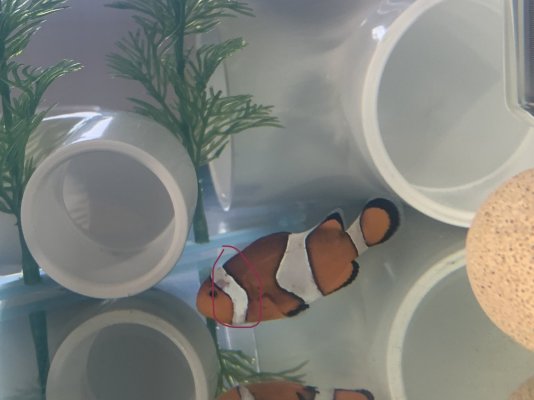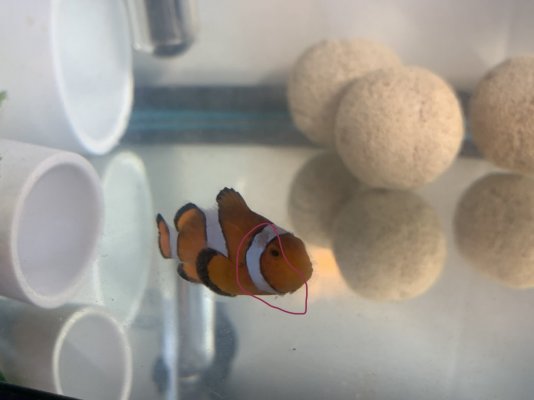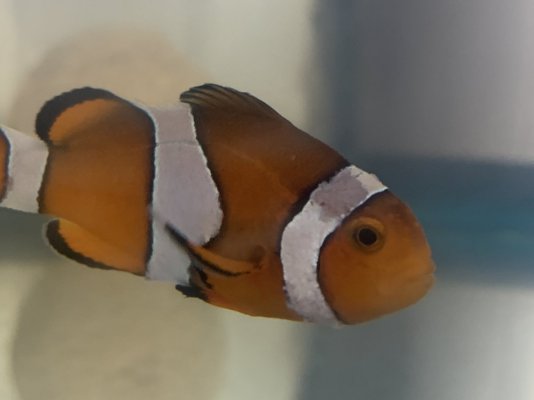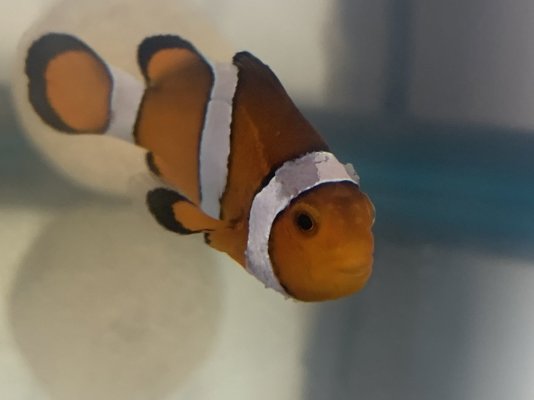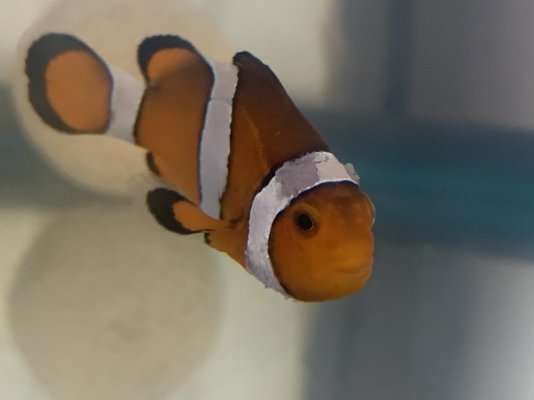Hi, I am treating my female clownfish in my QT tank. I believe the clown had a mild case of Brook. I only saw a small amount of white spots. But I saw faint little like spots where the coloration was a bit different. (Not white spots, but it didn’t really look like flukes either). Is this what happens when treating Brook?
Because I no longer see white spots (there may be only 1 or 2, but a they’ve been going away). but I have seen more of these little marks or whatever they are on my clownfish.
Is this a separate bacterial disease? Or part of the healing process from Brook?
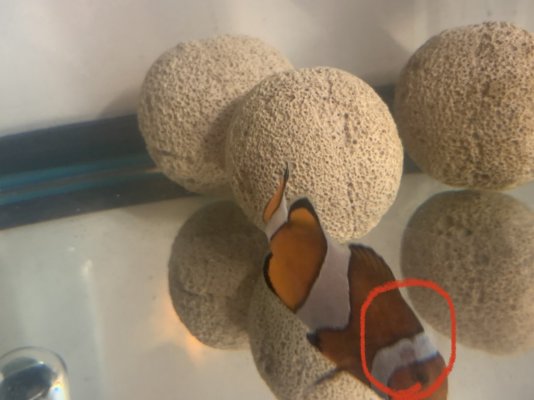
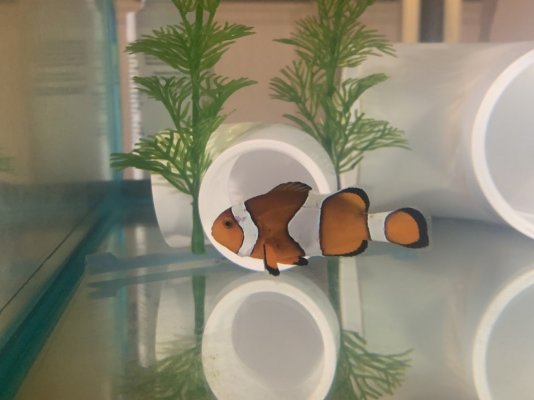
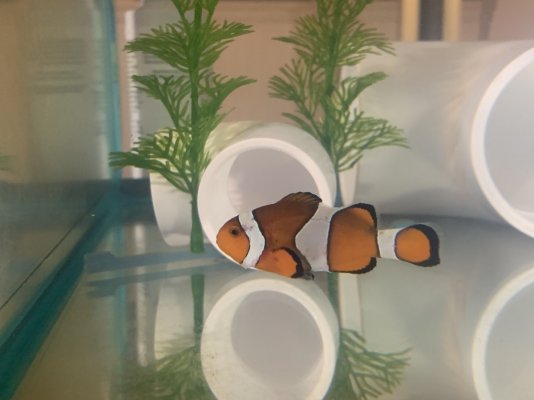
Because I no longer see white spots (there may be only 1 or 2, but a they’ve been going away). but I have seen more of these little marks or whatever they are on my clownfish.
Is this a separate bacterial disease? Or part of the healing process from Brook?









